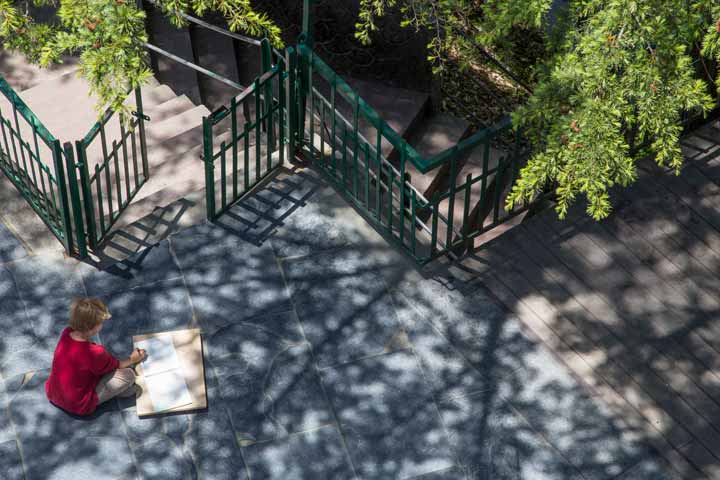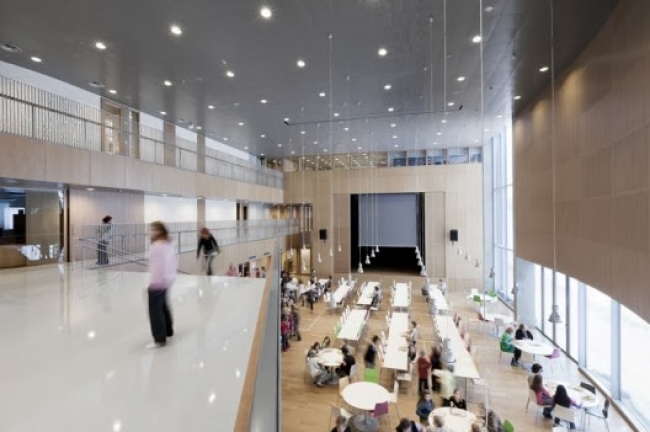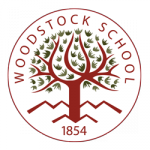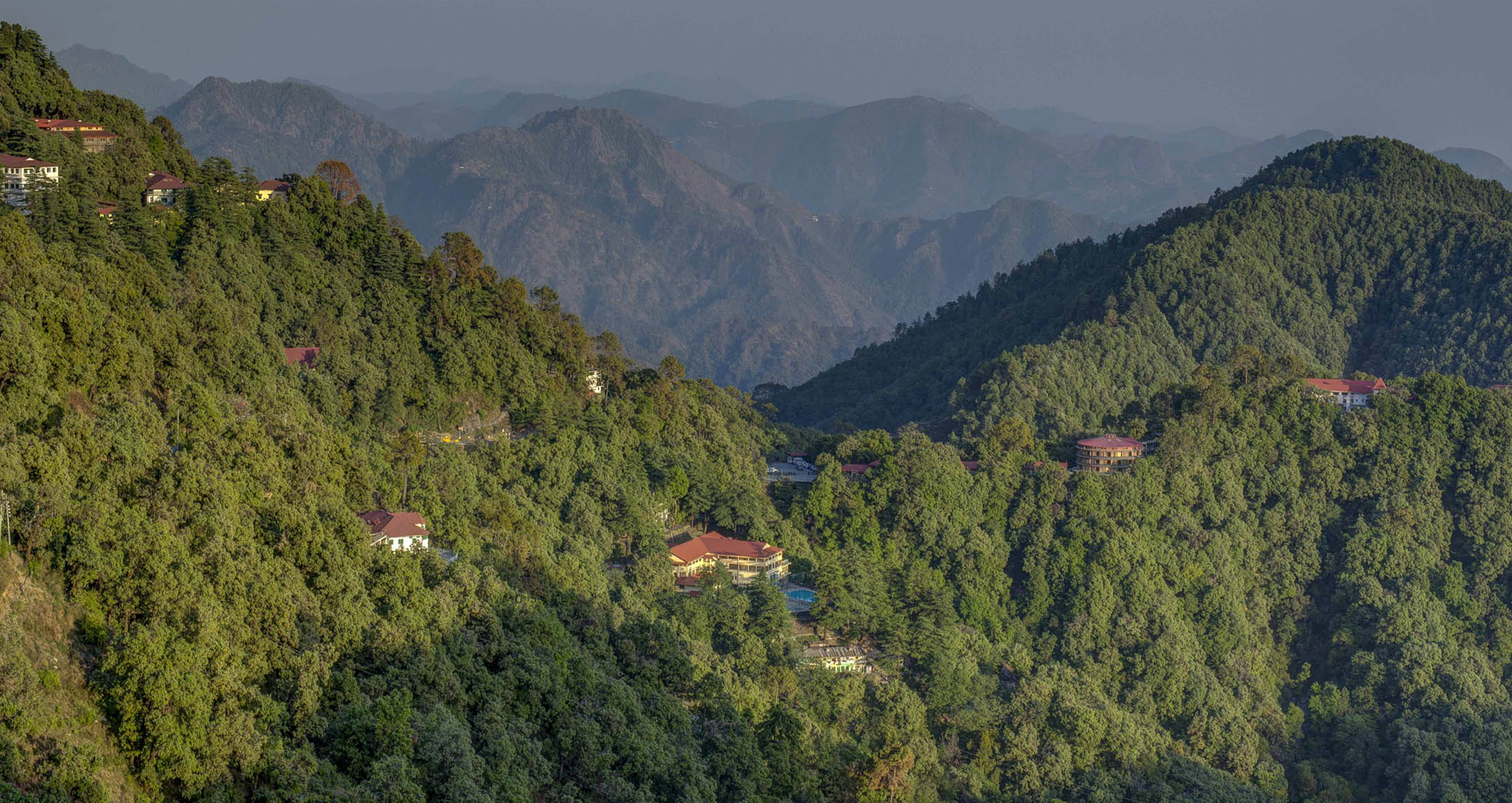
29 Nov A place to learn
The word ‘pedagogy’ comes from the ancient Greek language and literally means ‘to lead the child’. Today, the word is used to refer to the method and practice of teaching. There is a phrase which I often think of when I walk around our campus. It is the phrase, ‘pedagogy of place’. Educationalists sometimes use this phrase to refer to the way in which the physical environment influences the education which happens there.
I have no doubt that an education which takes place in an urban setting is very different to that which takes places amidst the beauty and splendor of nature. Who can doubt that an education which takes place amidst the stunning vistas of the Himalayas is significantly different from that which takes places amidst the hubbub of traffic and high rise buildings? Woodstock’s take on this has always been clear and I believe it passionately – that being educated amidst mountain forests with fresh air and a daily walk to school is a valuable part of a Woodstock education. Plato described this well, ‘Our youth should dwell in the land of health amid fair sights and sounds; and beauty will meet the sense like a breeze and insensibly draw the soul even in childhood into harmony with the beauty of reason.’
The influence of the environment on education extends beyond nature and includes all aspects of the physical space within which it occurs – from the aesthetics of buildings to the quality of light and colour in a room. All of these factors play a role in shaping the space within which education takes place and form part of what the renowned architect, Christopher Alexander, has called the ‘architecture of the invisible’. It is easy to ignore the impact that things like the design and layout of buildings can have on the development of a child – in fact, this can often be an impact that is more powerful than words.

Facilities at Saunalahti School, Finland
An intriguing story from Finland describes one school’s attempt to take things even further by re-imagining the very idea of a school campus. At the Saunalahti School in the city of Espoo, every physical space has been designed as part of the education process itself.
Campus Master Plan
Woodstock will soon embark on an equally ambitious Campus Master Plan which will see virtually every space on campus renovated and upgraded – including the dilapidated Hanson Field! In only 10-days’ time, work begins on the complete overhaul of the Quad Dining Hall and the school’s kitchens. By the time students return to school in February we will have some truly wonderful dining and kitchen facilities – giving us the opportunity to improve the quality of food and making it an integral part of the Woodstock curriculum and, most importantly, giving us an inspiring physical space in which staff and students can interact.
This project will create much more space during peak dining hours with modern infrastructure in food preparation, catering, hygiene and waste management. State of the art lighting and café style seating with local materials like stone and wood and suspended planters will retain Woodstock’s prized historicity. Serving stations will be increased from two to four, reducing rush hour queues and creating a stress free dining environment. With an intent to retain the nature of the Dining Hall as a flexible space, a retractable stage will be installed in a corner to enable performances to be held. The renovation plan for the kitchen is aimed at increasing efficiency and improving hygiene. The space will be expanded, allowing for a better working environment for food services personnel. Existing equipment will be modernized, and a cold room with a freezer unit will be installed. Ovens and tandoors, which are presently outside the kitchen will be accommodated inside the kitchen.
These changes will be the start of a much more significant project over the coming years – building physical spaces which align with our innovative educational philosophy and making sure that Woodstock’s exceptional education is enhanced by the very physical spaces around us.
Dr Jonathan Long, Principal






Margaret Swain
Posted at 23:47h, 03 DecemberJust the process of re evaluating one’s space and how it is used is an invaluable lesson for all learners to observe and either participate in or appreciate.
Priya grace
Posted at 11:40h, 24 JuneJohn 1:3 “All things were made by Him,and without Him was not anything made that was made.”